
What ancestral meanings do head coverings hold for Black women?
Head coverings for Black women carry ancestral meanings of protection, identity, and defiance, deeply rooted in textured hair heritage.

What ancestral hair traditions supported communal strength?
Ancestral hair traditions fostered communal strength by serving as systems of coded communication, shared care rituals, and markers of collective identity within textured hair heritage.
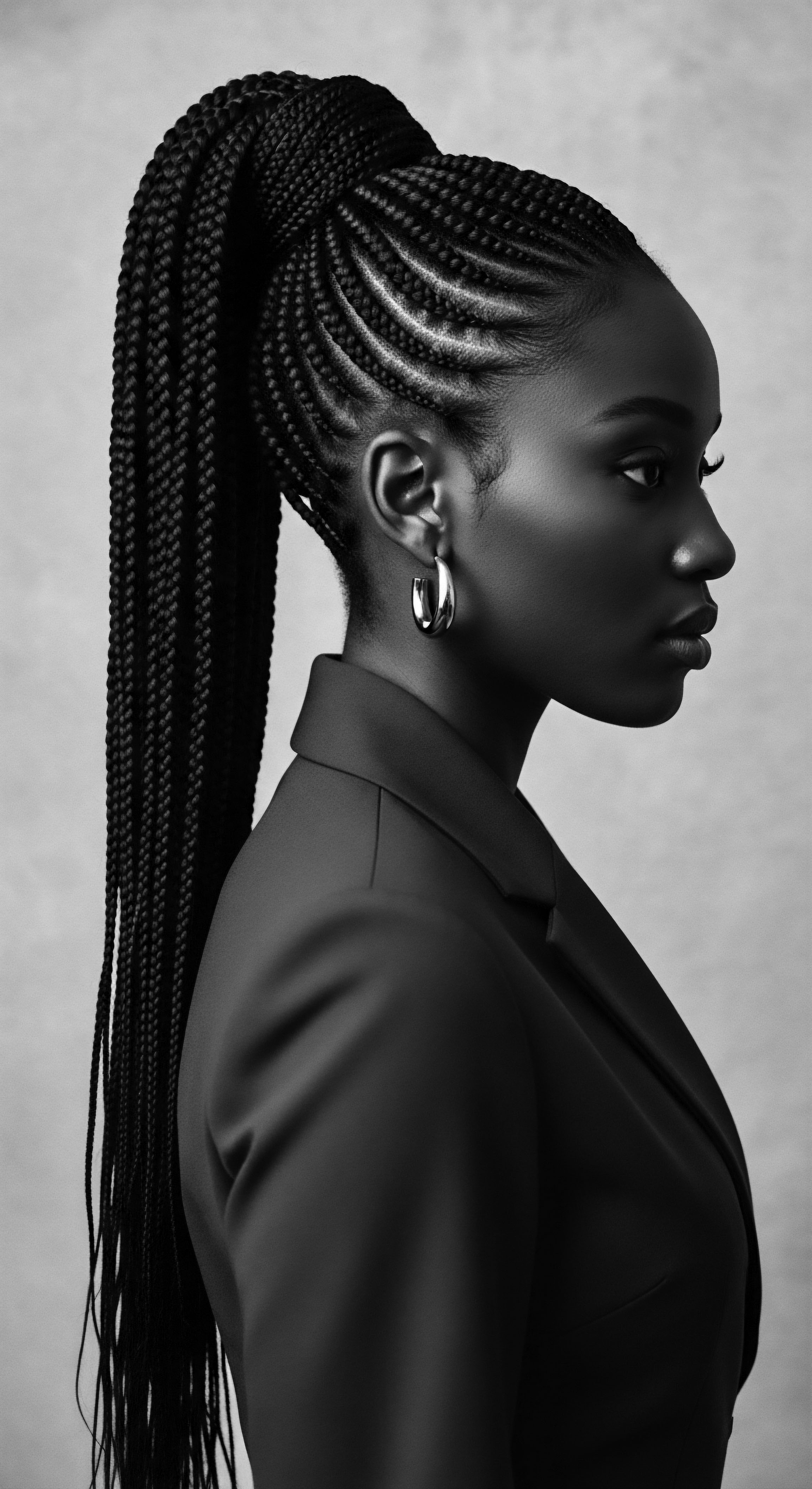
What is the historical origin of specific protective styles?
Protective styles originated from ancient African civilizations, evolving as essential methods for textured hair health, cultural expression, and ancestral connection.
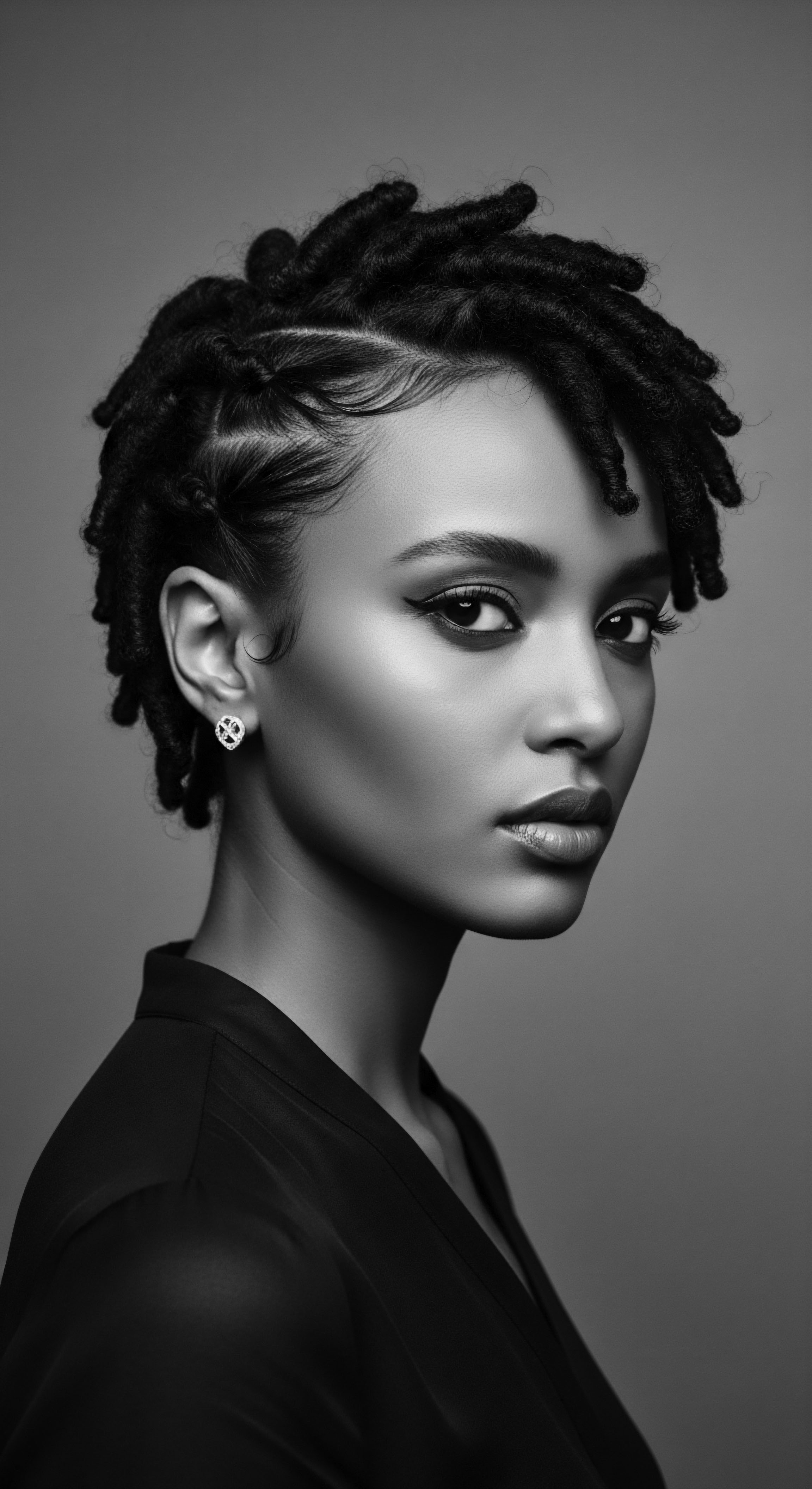
Can textured hair be a source of personal empowerment and ancestral connection?
Textured hair is a powerful source of personal affirmation and ancestral connection, embodying a rich heritage of resilience and cultural identity.

What are the benefits of oils on textured hair?
Oils strengthen textured hair by sealing moisture and protecting strands, a practice deeply rooted in Black and mixed-race hair heritage.

What role did protective hairstyles play in Black cultural identity?
Protective hairstyles are a living heritage, linking Black identity to ancestral wisdom and resilience through textured hair care.

How does historical hair care shape current practices?
Historical hair care, deeply rooted in ancestral practices, continues to shape current routines by influencing product choices and styling traditions.

In what ways did historical hair practices reflect cultural identity and survival?
Historical textured hair practices served as profound expressions of cultural identity and ingenious tools for survival, deeply embedded in ancestral heritage.

What is the historical basis for hair discrimination laws?
Hair discrimination laws stem from centuries of systemic racism, designed to control and suppress textured hair as a visible aspect of Black heritage and identity.

How does CROWN Act honor hair heritage?
The CROWN Act legally protects the right to wear natural, textured hair, honoring ancestral heritage and combating race-based discrimination.
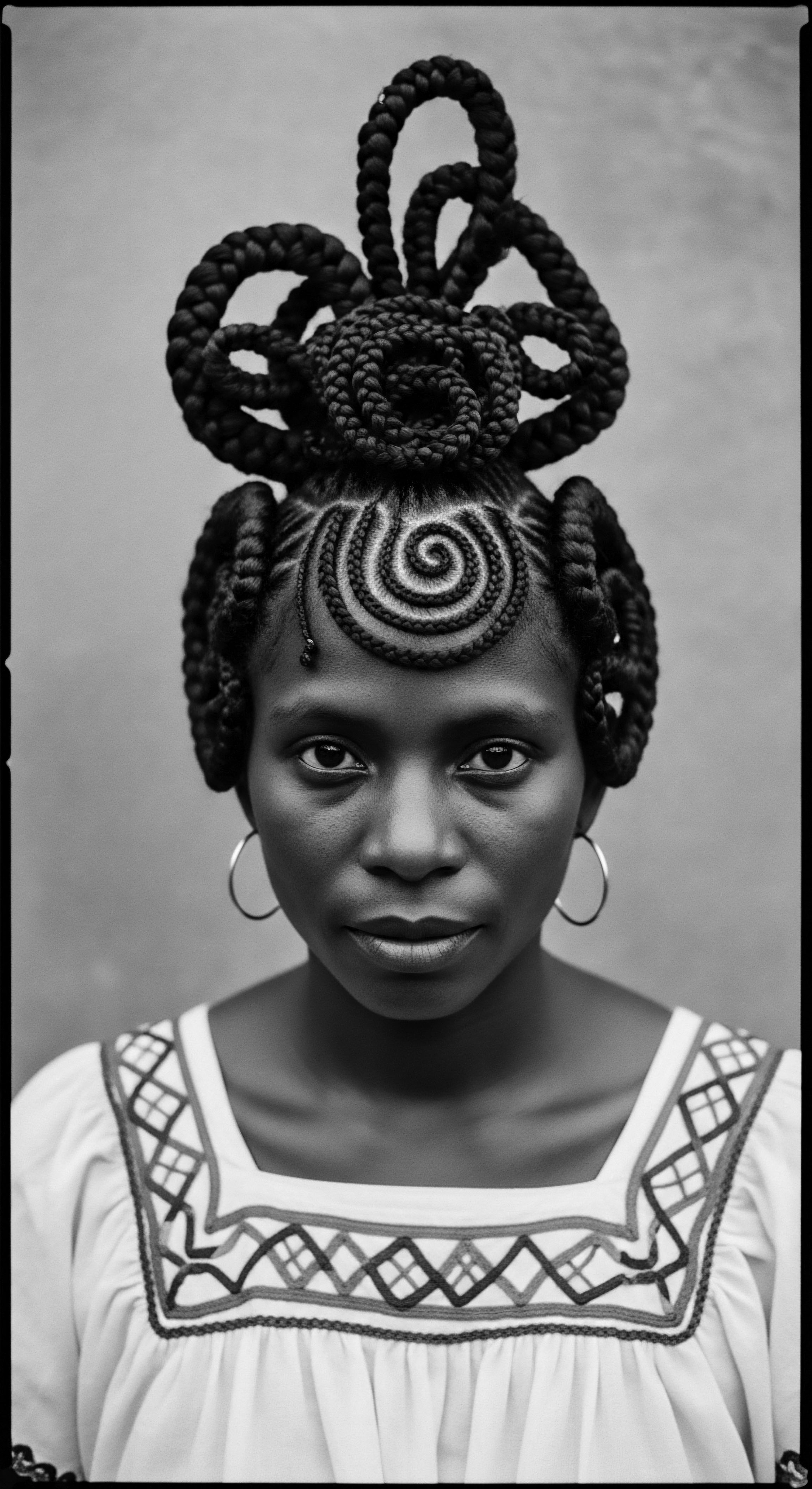
In what ways did African and Indigenous wisdom influence current textured hair heritage?
African and Indigenous wisdom fundamentally shapes current textured hair heritage through ancestral practices of care, styling, and profound cultural symbolism.

How does hair connect community?
Textured hair physically and culturally binds communities through shared ancestral care practices, collective identity, and resilience.
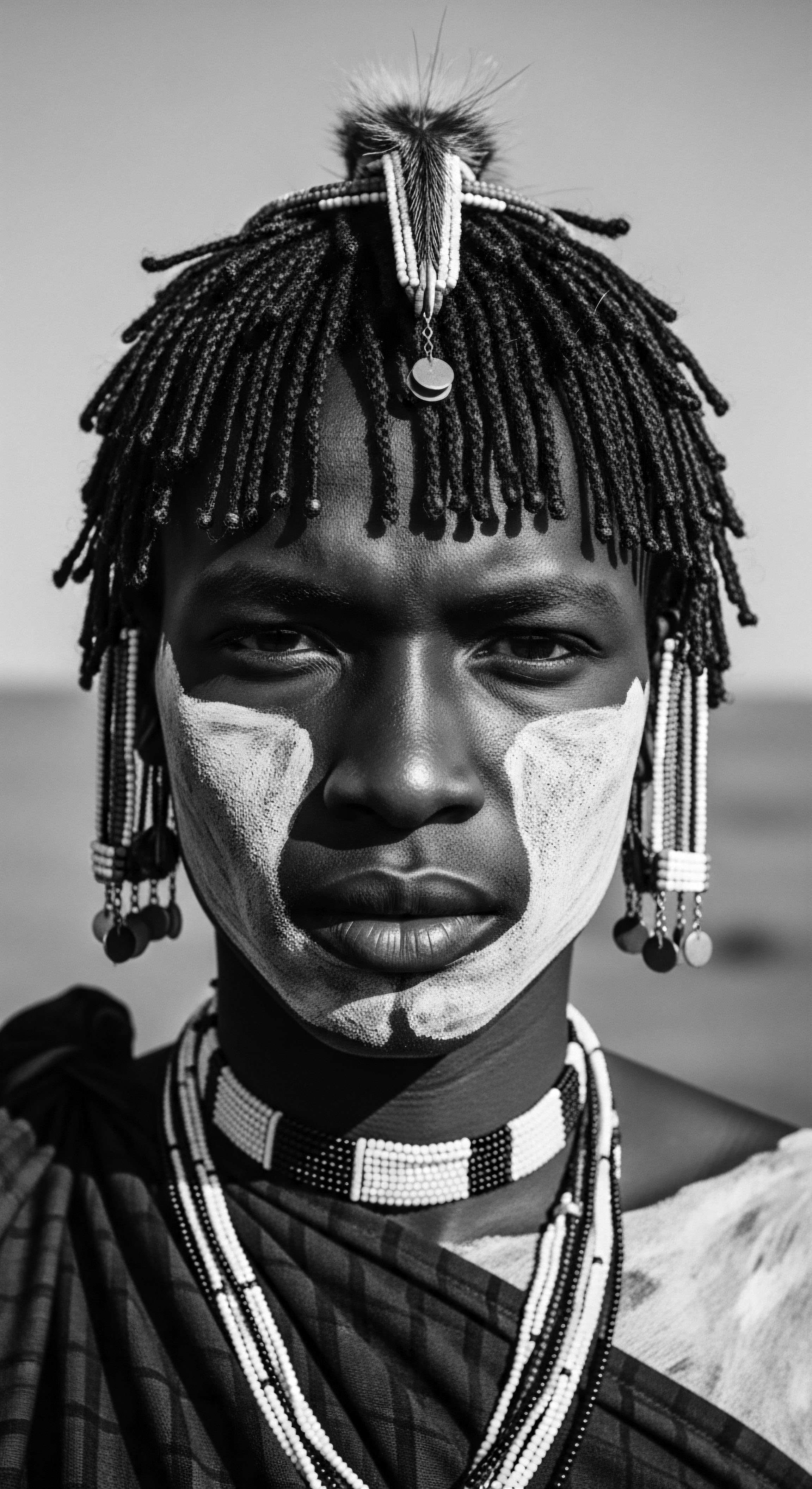
How do ancestral hair care practices influence modern beauty standards?
Ancestral hair practices profoundly shape modern beauty standards by preserving the heritage, rituals, and profound identity woven into textured hair care.
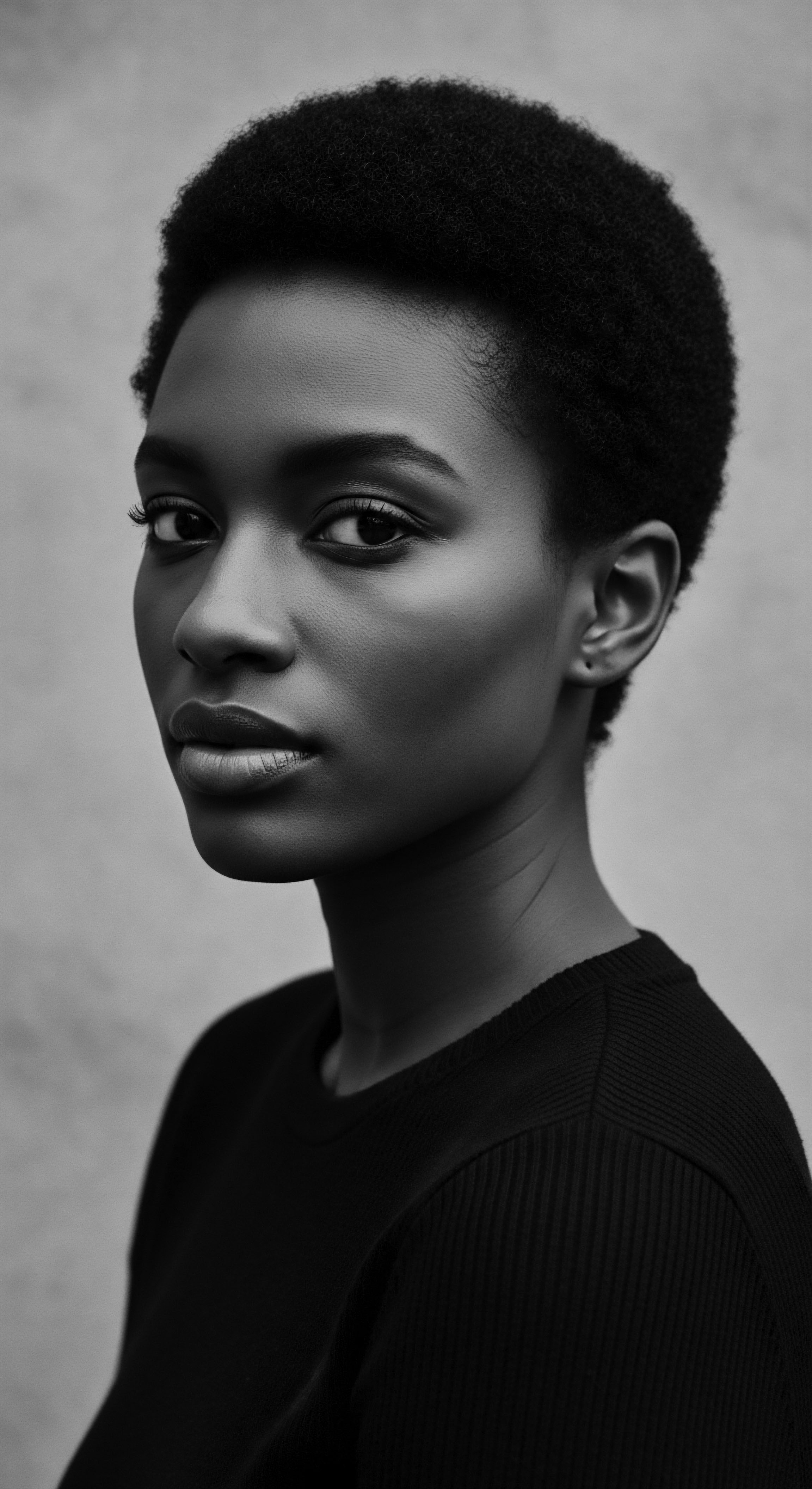
How do headwraps connect modern care to historical heritage?
Headwraps connect modern textured hair care to historical heritage by serving as protective coverings, cultural markers of identity, and symbols of resilience against oppressive norms.
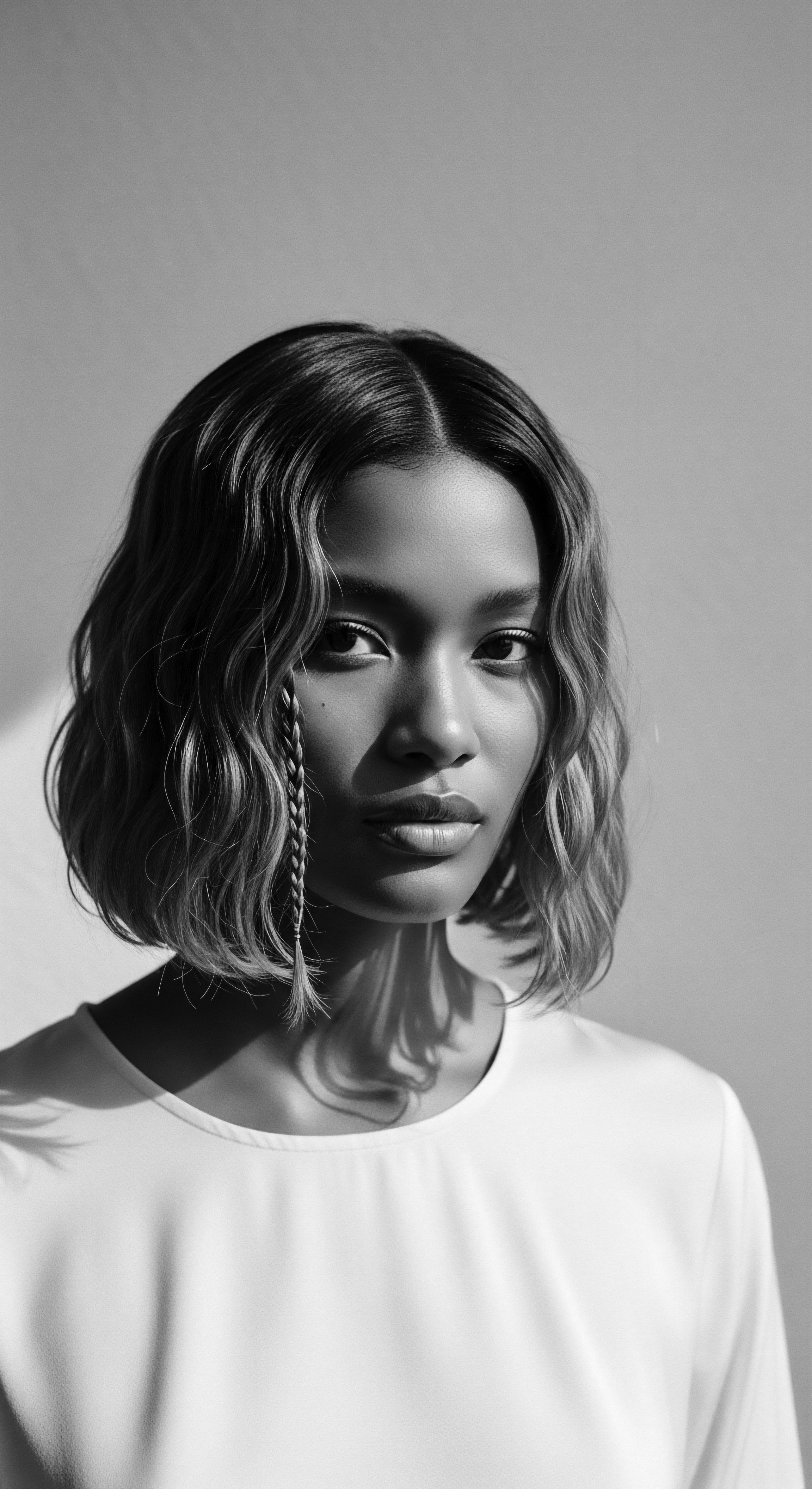
How do hair rituals define a community?
Hair rituals within textured hair communities serve as enduring links to ancestral heritage, defining identity, transmitting knowledge, and embodying resilience.

Which states have recognized hair heritage in anti-discrimination statutes?
Twenty-seven states have enacted the CROWN Act or similar legislation to prohibit hair discrimination, recognizing textured hair as a protected racial trait.
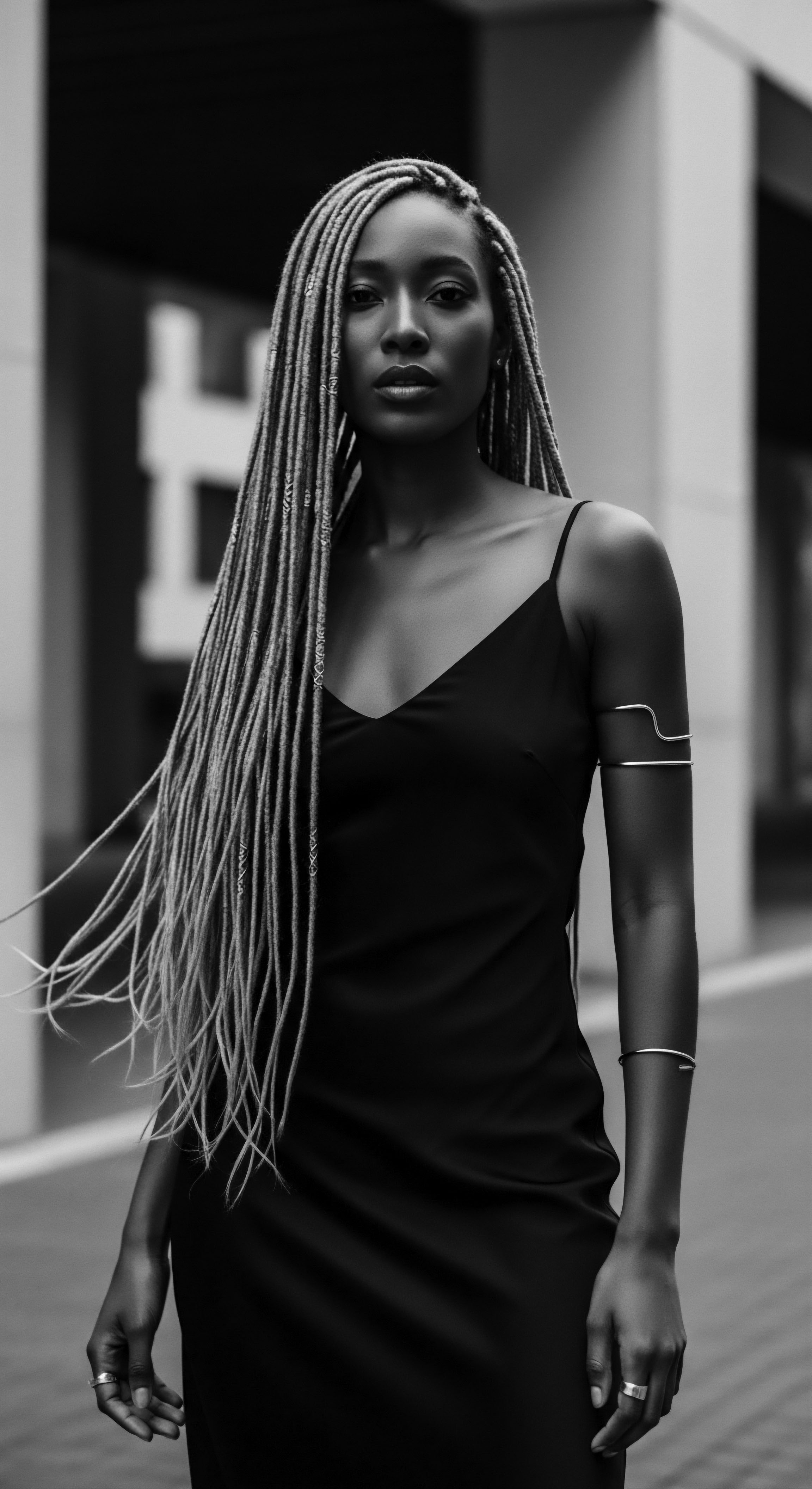
How did ancient textured hair combs connect to cultural identity?
Ancient textured hair combs connected to cultural identity by serving as tools for styling, markers of status, and spiritual symbols in textured hair heritage.

How did African food heritage strengthen textured hair through history?
African food heritage strengthened textured hair through nutrient-dense diets and topical applications, rooted in ancestral wisdom.

What is henna’s historical connection to cultural identity and textured hair?
Henna’s historical connection to cultural identity and textured hair lies in its ancestral use for protection, adornment, and communal bonding.

How did protective styles influence hair length in Black heritage?
Protective styles historically preserved length in Black heritage by reducing breakage and safeguarding fragile textured hair.
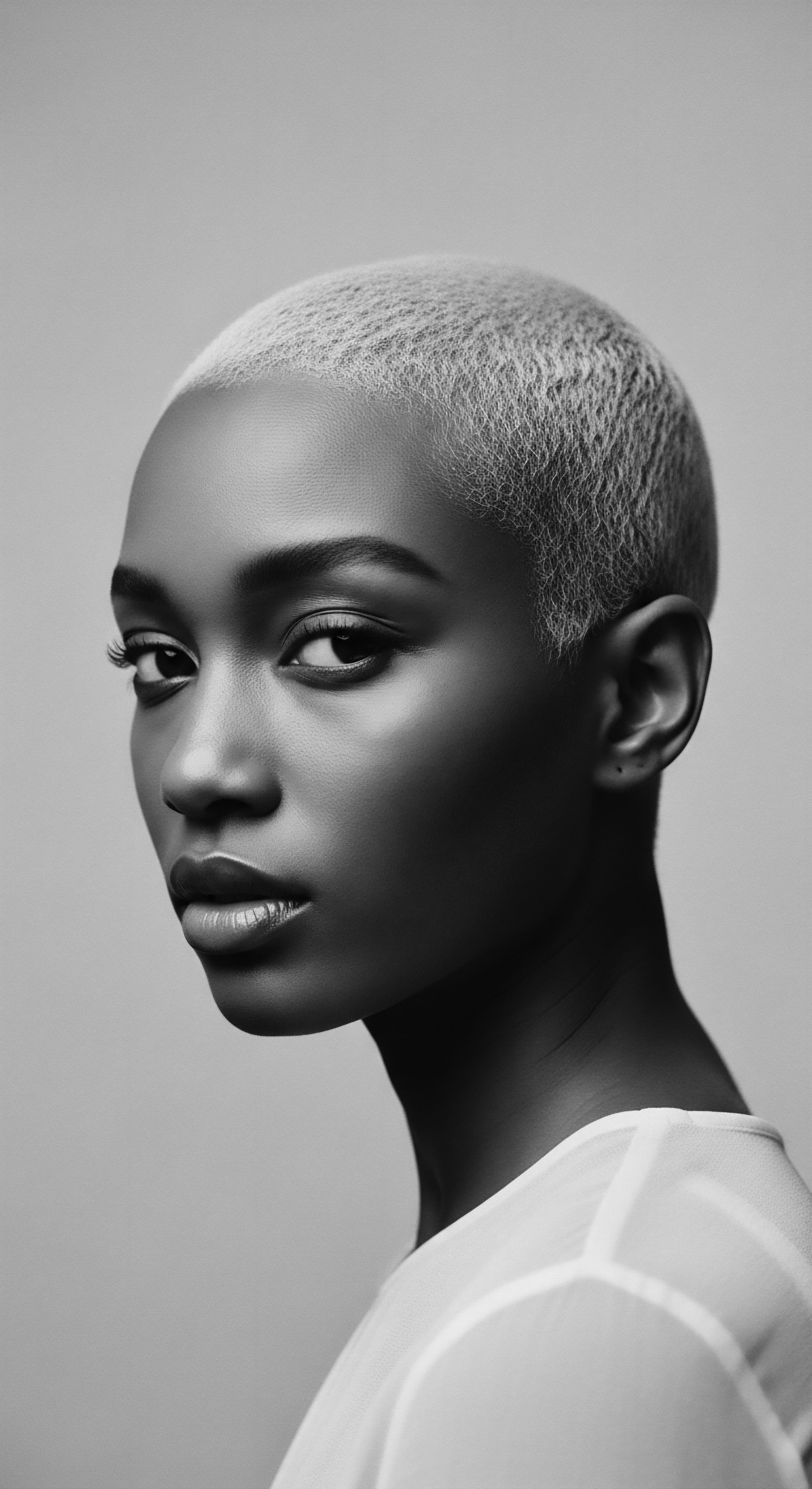
How do historical beauty standards relate to textured hair heritage?
Historical beauty standards, rooted in Eurocentric ideals, profoundly shaped perceptions of textured hair, leading to its suppression while simultaneously fueling a powerful heritage of resilience and cultural affirmation.
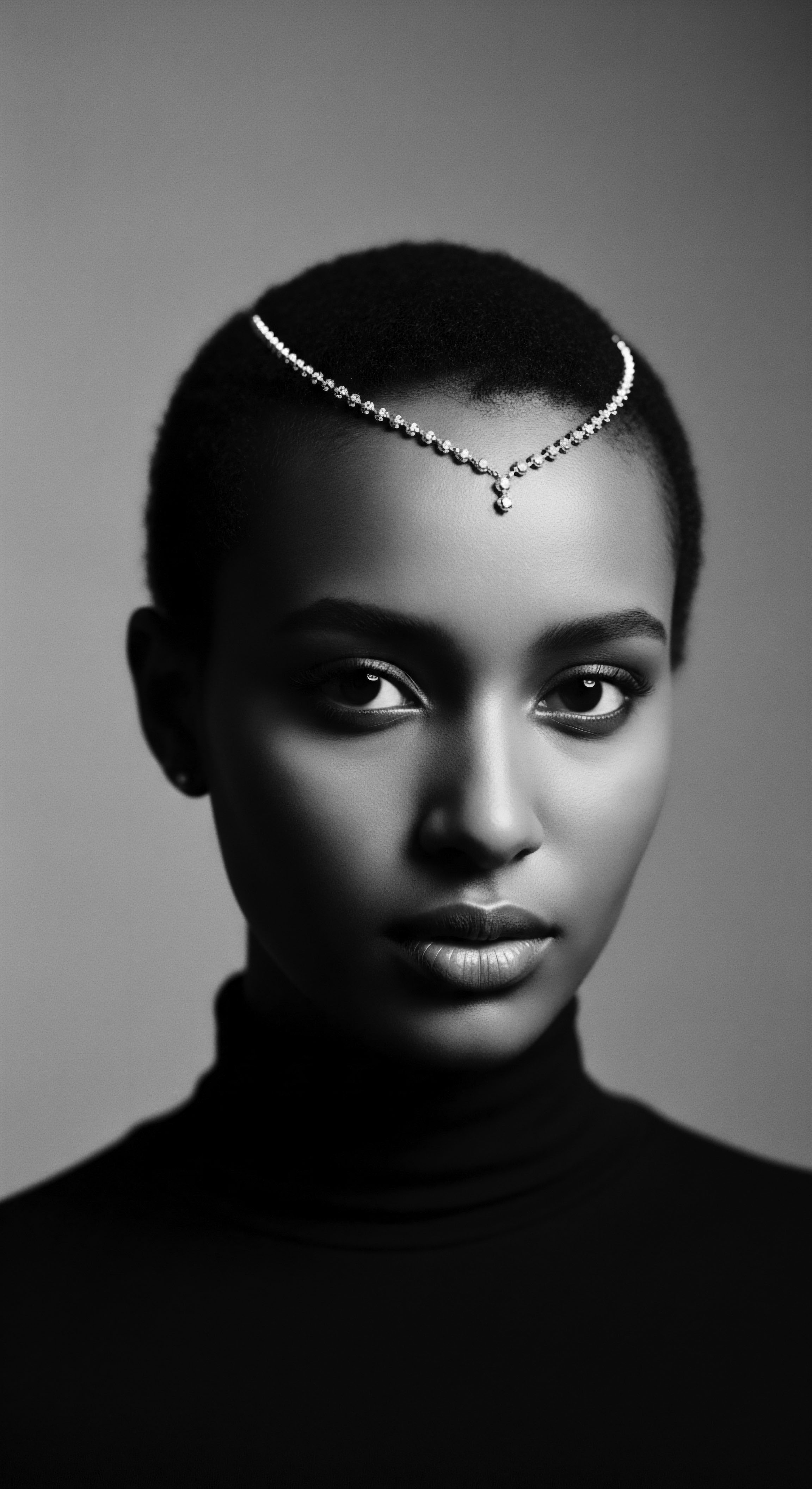
Can traditional practices enhance modern textured hair regimens?
Traditional practices profoundly enrich modern textured hair regimens by reconnecting them to a vital heritage of care and deep understanding.

What historical practices connect textured hair oiling to cultural identity?
Textured hair oiling historically connects to cultural identity through ancient care, community rituals, and acts of heritage preservation.

Why are protective styles a timeless aspect of textured hair heritage?
Protective styles are timeless due to their ancestral roots in safeguarding textured hair's delicate structure and their profound cultural role in expressing identity and resilience across generations.

